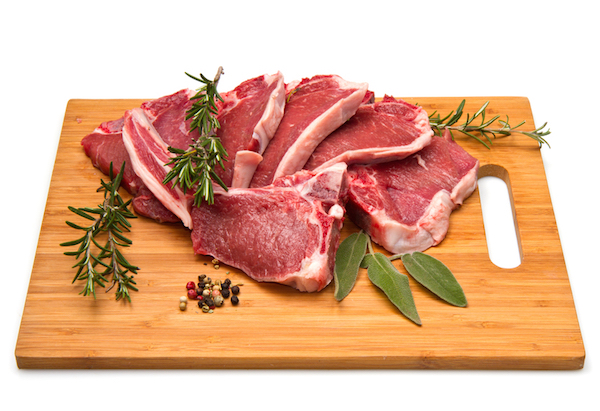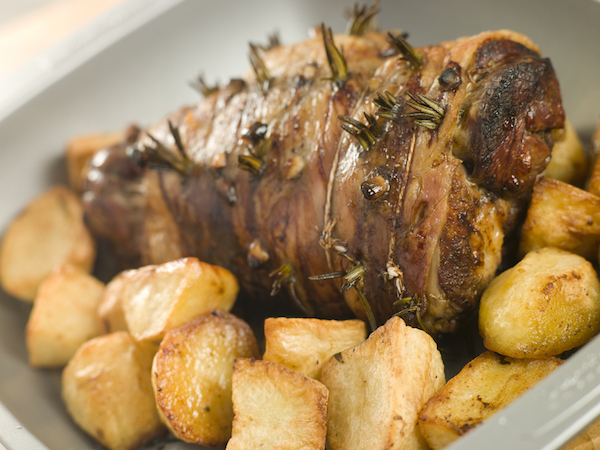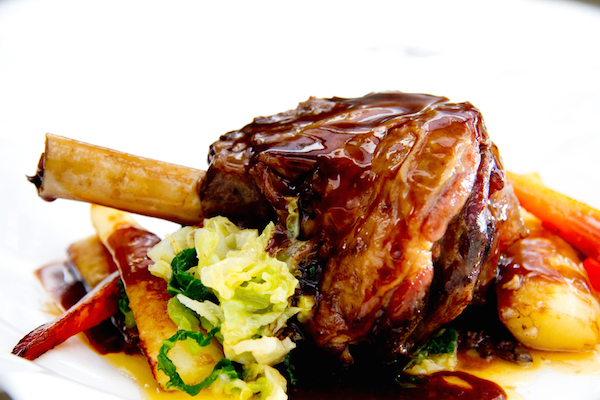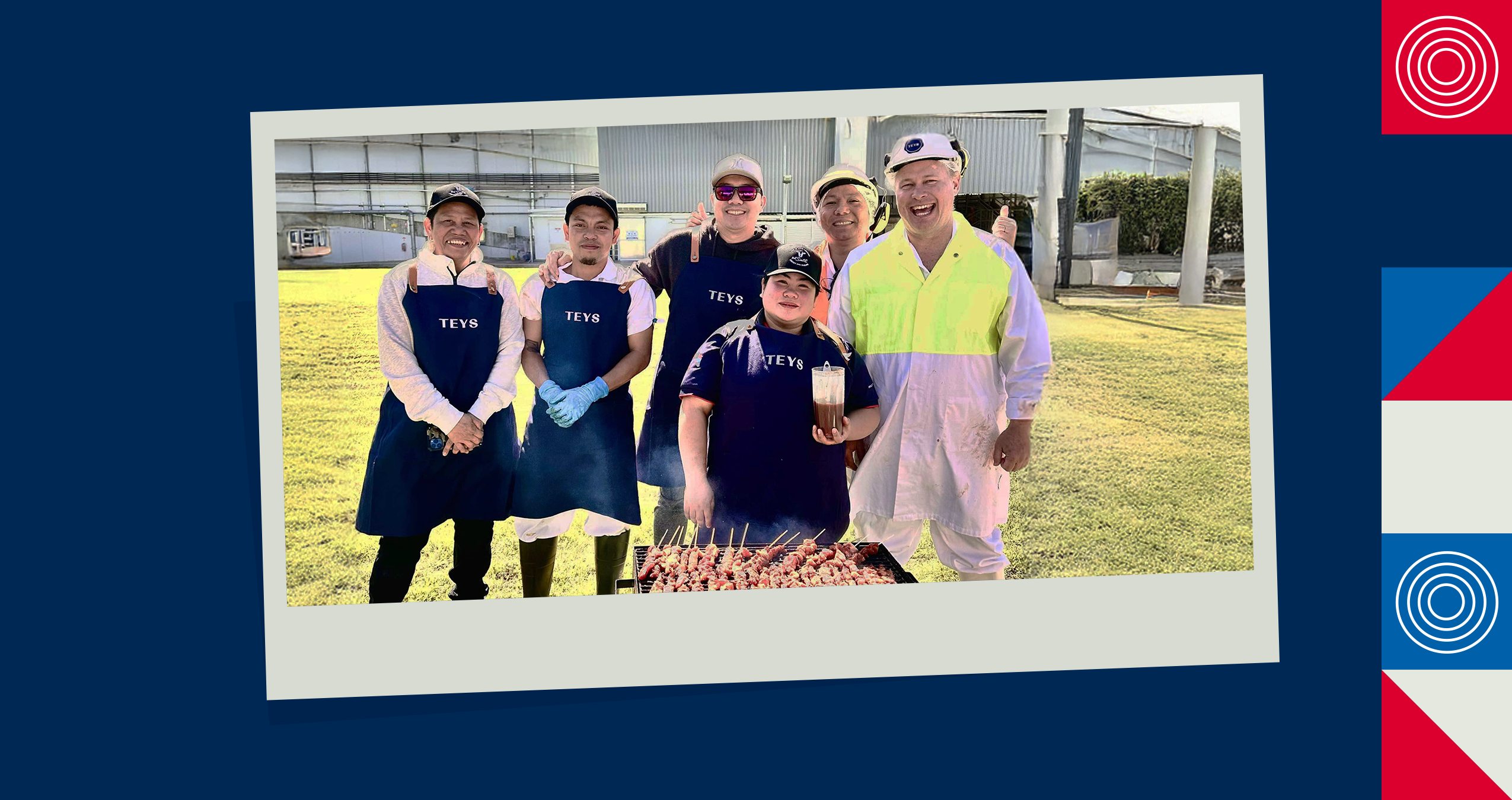

Teys Australia is doing a post about lamb?! We know what you’re thinking, are we feeling okay?? Yes – we are. We thought we’d extend our range a little in honour of our new Lamb range at Woolworths. So, here is lamb 101 – essential knowledge for every lamb lover out there!
All About Lamb
Lamb meat is tender, mildly gamey and earthy in flavour. Aside from beef, lamb is another Aussie favourite. When purchasing lamb, remember to buy free-range or organic whenever possible.
Here are the most popular cuts of lamb and some tips for the methods of cooking that best suit each one:
Rack

Lamb chops or cutlets are really tender and flavoursome – they are also the most expensive cut of lamb. Chops are taken from the ribs of the lamb and cooked individually, usually on a grill or BBQ. When a number of ribs are left together and cooked as a whole, they are called a rack of lamb.
The rack is visually impressive and perfect for entertaining – it’s a staple in fine restaurants throughout the world. A rack can be frenched (fat and tissue between the bones is removed), capoffed (the fat cap is removed) or fully denuded (all fat removed).
Cooking methods:
- Broiling
- Sauteing
- Roasting
- Grilling
Leg

Lamb legs are lean and work hard, which means they have strong flavour but can be tough and dry if overcooked. Leg of lamb is highly versatile and tastes fantastic roasted whole on the bone, or boned and barbequed. Leg is an economical cut that is perfect for weekly meals or entertaining – a whole lamb leg will serve at least 6 people.
Cooking methods:
- Roasting
- Broiling
- Grilling
Loin
Loin comes from the middle-lower section of the rear quarter, and is usually divided into loin chops and lamb tenderloin. Loin chops are lean, tender and really tasty. They are one of the most readily available cuts at supermarkets and they are easy to prepare. For optimal tenderness, loin cooking time should be minimal.
Cooking methods:
- Roasting
- Broiling
- Sauteing
- Grilling
Shank

Lamb shank comes from the lower part of the fore or hind leg, and is almost always cooked in liquid until the meat is so tender it falls off the bone. Shank contains a lot of collagen, which, when cooked slowly, gives the meat a velvety and melting texture.
Shank tastes best roasted or braised, as this elicits juices from the bone. Although shank requires long, slow cooking, its unique flavour and winning texture is definitely worth it.
Cooking methods:
- Stewing
- Braising
Neck
Neck is an economical cut – it is often left connected to the shoulder, so you may need to ask your butcher to separate it for you. Lamb neck tastes fantastic when cooked low and slow in stews and curries, but, unlike shoulder, can also be cooked as a steak over high heat until pink.
Neck is versatile and tastes great with a wide range of accompanying flavours.
Cooking methods:
- Stewing
- Braising
- Grilling
Rump
Rump comes from the back of the lamb, and is lean, tender and very flavoursome. Be careful not to overcook rump though, as it becomes tough when it dries out.
Cooking methods:
- Pan fried
- Grilled
- Seared and roasted
- Stewed
Chump
Lamb chump is equivalent to beef rump – it is an inexpensive cut taken from the area where the leg meets the shortloin. Both chump chops and lamb rump are taken from this area.
Cooking methods:
- Roast
- Grill
- Stew
Tenderloin
Lamb tenderloin (AKA lamb fillet) is prepared by removing the muscle from the underside of the shortloin.
Tenderloin is one of the most tender cuts available due to its minimal usage by the animal – it has little to no fat or connective tissue.
Cooking methods:
- Grill
- Pan fry
Shortloin
The eye of shortloin or ‘backstrap’ is taken from the middle of the loin and then trimmed of all excess fat.
Shortloin is one of the leanest, sweetest and most tender cuts of lamb.
Cooking methods:
- Grill
- Pan fry
- BBQ
Shoulder
Lamb shoulder is the most economical cut, which means it needs long, slow and moist cooking to tenderise it. Like leg, the shoulder works hard, so it is full of flavour but can be tough if undercooked or cooked too quickly.
Lamb shoulder is commonly used in stews and casseroles, and ground lamb also often comes from the shoulder. For maximum flavour, cook lamb shoulder on the bone.
Cooking methods:
- Braising
- Stewing
- Sauteing
- Grilling
Forequarter
Cuts from the forequarter (including forequarter chop, forequarter rack and lamb shoulder) are economical and suited to both long and slow cooking.
Forequarter chops are the largest lamb chops available.
Cooking methods:
- BBQ
- Grill
- Pan fry
Want more information about lamb cuts? Check out the Australian Beef’s cuts chart.
If you’re ready for some more meaty education, take a look at how to cook beef cuts the right way.
 Return to News
Return to News

















